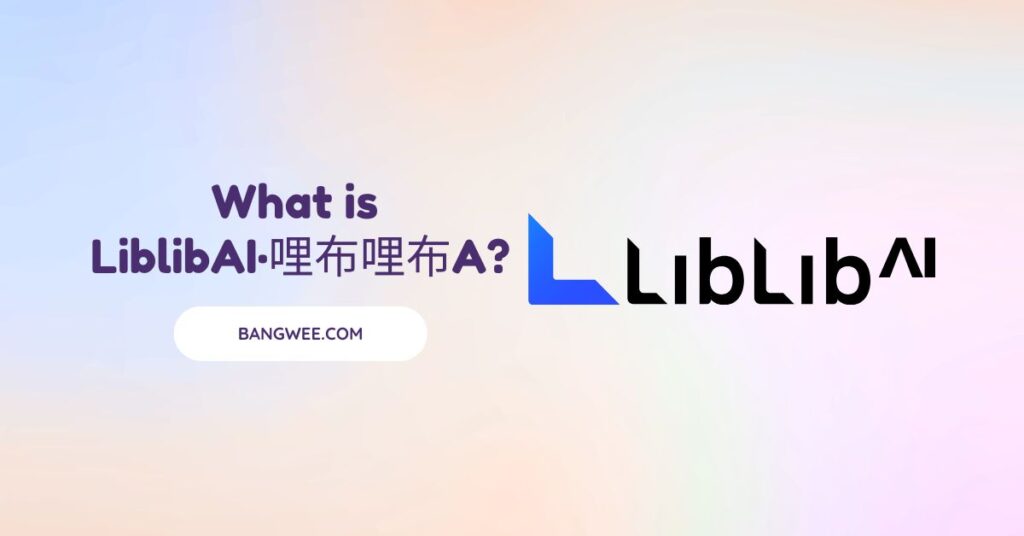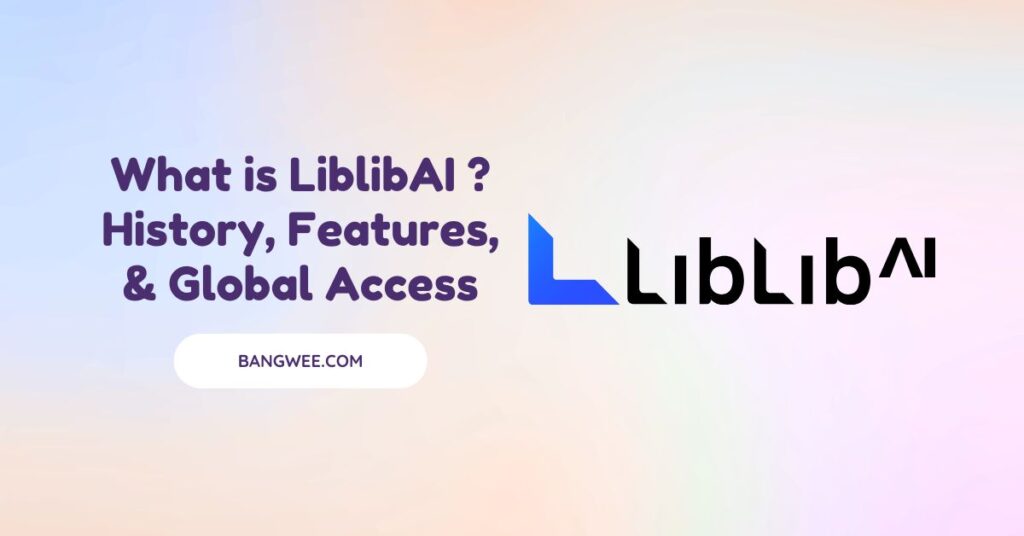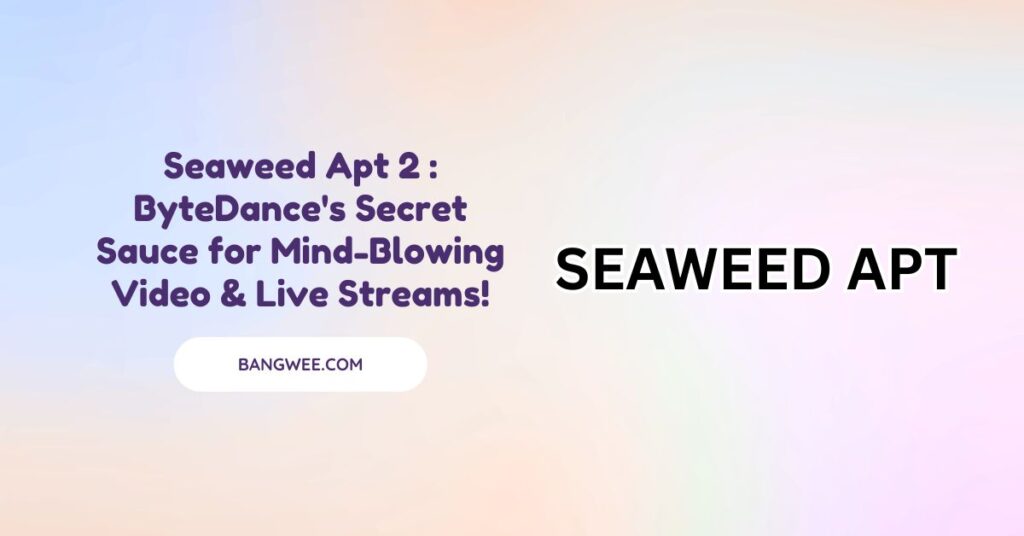What is LiblibAI·哩布哩布A? Explore AI Art Made Easy
In the fast-moving world of generative AI, few platforms have gained attention in China and globally quite like LiblibAI·哩布哩布A. As artificial intelligence continues to change the way we create, design, and imagine, LiblibAI has emerged not just as a repository for AI-generated art, but as a complete ecosystem for creators. From casual artists to AI researchers, the platform offers a playground for visual storytelling, model training, and community-powered discovery.
So, what is LiblibAI·哩布哩布A?
Let’s break down what makes it special, how it works, and how it compares to other popular platforms like Civitai and Hugging Face.
The Power of LiblibAI·哩布哩布A: An Overview
LiblibAI·哩布哩布A is an AI art and model-sharing platform designed to simplify the creation and sharing of AI-generated content, especially images. Built with a China-based audience in mind, but open to global users, LiblibAI allows creators to explore, remix, and train models with minimal technical barriers.
The platform currently hosts over 100,000 models, ranging from anime-styled LoRA models to hyper-realistic art models, landscape generators, concept art creators, and more. It supports direct creation of AI images through a browser-based interface that mimics the functionality of powerful local installs like Stable Diffusion’s Automatic1111 or ComfyUI but without requiring you to own a high-end GPU.
With WebUI and ComfyUI integrated into the platform, users can begin generating images instantly. This functionality levels the playing field for users who may not have access to RTX GPUs or are looking for a no-install solution.
Behind LiblibAI·哩布哩布A: Simplicity Meets Power
One of the most notable features behind LiblibAI is its focus on usability and training accessibility.
Where other platforms often require users to download models, install software, manage dependencies, and sometimes navigate coding environments, LiblibAI flips the script. All you need is a browser.
Let’s explore some of the major components that make LiblibAI stand out:
1. WebUI and ComfyUI, In the Browser
LiblibAI integrates two major user interfaces for image generation: – WebUI (similar to A1111) for intuitive image prompting and rendering. – ComfyUI for visual node-based workflows, ideal for power users and experimenters.
Both can be accessed and used without installing anything. In practice, this means you can train a LoRA, test it, or render a complex prompt pipeline—all from your phone or laptop.
2. Model Training Made Easy
The platform also includes in-browser training tools that allow users to: – Upload their own datasets – Train custom LoRA models – Export or share those models back with the community
This training workflow is heavily optimized to simplify what would normally be a GPU-intensive and technical process.
3. Model Library with Preview and Prompt Sharing
Each model hosted on LiblibAI includes: – Rendered sample images – Prompt structures used for each image – Community ratings and tags
This makes it easy to see what a model is capable of before downloading or testing it. It also fosters learning users can see how prompts are structured and learn new techniques by example.
The Community Element
LiblibAI is more than just tools. It is also home to a vibrant, growing community of artists, prompt engineers, researchers, and AI enthusiasts.
- Users regularly share prompt structures
- Creators upload original datasets and LoRA experiments
- Model curators highlight high-quality, safe-to-use tools
This community-oriented approach transforms LiblibAI into a living, evolving art and tech hub where users don’t just consume, but co-create and improve the ecosystem.
LiblibAI·哩布哩布A vs Civitai vs Hugging Face: A Comparative Look
While LiblibAI is gaining traction, how does it compare to established players like Civitai and Hugging Face?
Here’s a breakdown:
| Feature | LiblibAI | Civitai | Hugging Face |
| Focus | AI Art, LoRA, Stable Diffusion | AI Art, LoRA, Prompt Sharing | General AI (LLMs, vision, speech, etc.) |
| Online Generation | ✅ WebUI + ComfyUI in-browser | ❌ (Download required, uses external tools) | ❌ (Requires setup or hosted Gradio) |
| Model Hosting | ✅ LoRA, Checkpoints, ControlNet, TIs | ✅ LoRA, Checkpoints, Embeddings | ✅ All model types |
| Community Sharing | ⭐ Strong, visual, and curated | ⭐⭐ Prompt & model focused | ⭐⭐ Broad academic and open-source collaboration |
| Training in Browser | ✅ Yes | ❌ No | ✅ Yes (but more technical) |
| Audience | 🇨🇳 Primarily China, but global-friendly | 🌍 Global, English-centric | 🌍 Global, technical and research focused |
Who Should Use LiblibAI·哩布哩布A?
LiblibAI is best suited for:
- Digital artists who want to explore generative workflows without investing in hardware
- Content creators seeking unique image outputs for videos, social posts, or concept design
- AI beginners interested in learning by doing (prompting, training, remixing)
- Researchers looking to prototype visual AI models
If you’re someone who loves tools like Midjourney or DALL·E but wants more control and customization, LiblibAI offers both freedom and flexibility without the paywall or technical entry barrier.
Getting Started with LiblibAI
Ready to explore LiblibAI·哩布哩布A? Here’s how to get started:
- Visit https://www.liblib.art
- Sign up for an account (Google login available)
- Explore the model library or head straight to WebUI/ComfyUI
- Try generating an image or search trending LoRA models
- Join the community, give feedback, and start sharing your own!
If you’re new to this world, you’ll be surprised at how fast and accessible the creative process becomes once you have the right tools.
Final Thoughts: The Rise of a Creative Ecosystem
In a space dominated by complex tools, high-end GPUs, and overwhelming choices, LiblibAI·哩布哩布A simplifies access to AI art creation. It empowers users of all skill levels to dream, experiment, and publish—backed by a thriving community and evolving set of tools.
Whether you’re a curious beginner or an experienced AI artist, LiblibAI is one of the few platforms where the only limit is your imagination and not your hardware.
In the future of AI-generated content, platforms like LiblibAI don’t just reflect trends they create them.




